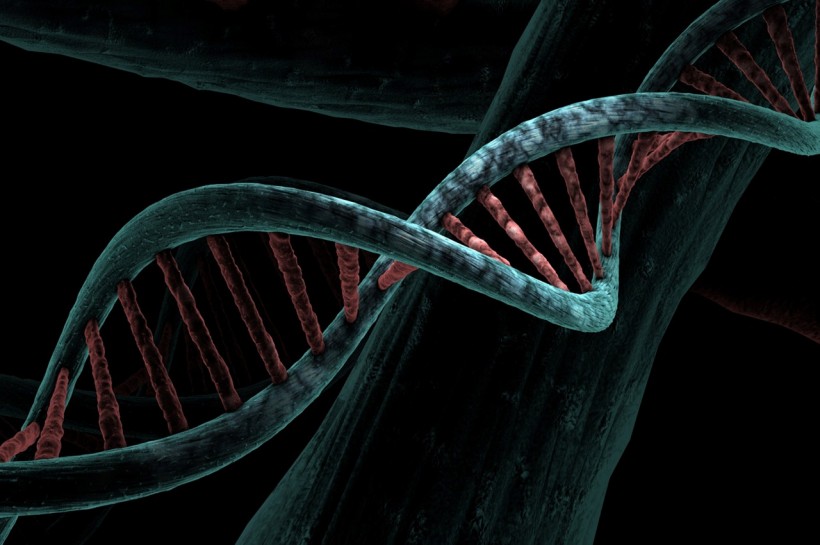A novel cancer treatment uses CRISPR-edited fat removed from the body to shrink tumors. The study, titled "Implantation of Engineered Adipocytes That Outcompete Tumors for Resources Suppresses Cancer Progression," available in the preprint server bioRxiv, demonstrated that "white fat" could be genetically altered to mimic "brown fat" to starve cancerous tumors.
The study tested this approach on white fat extracted from humans and mice and tumors transplanted from humans and mice. The efficacy and safety of the experimental therapy on humans, however, remain uncertain. Further research is needed to determine whether the treatment is safe and effective for human use.

Novel Cancer Treatment Uses CRISPR-edited Fat to Shrink Tumor in Mice
Adipose Modulation Transplantation Has the Potential To Treat Cancer
Researchers at the University of California, San Francisco (UCSF) have created a new therapy called adipose modulation transplantation (AMT) that effectively shrinks cancer tumors in mice, Live Science reported. The AMT approach involves converting white fat into brown fat via genetic modifications outside the body by turning on the genes required for browning.
The researchers implanted the brown fat into mice models of breast, colon, pancreatic, and prostate cancer and found that it resulted in the tumors being reduced to half their original size. However, the senior study author, Nadav Ahituv, states that more work needs to be done to monitor the side effects of the AMT procedure.
Unlike most cancer therapies, AMT does not directly target the tumor. Rather, it offers a fresh approach to cancer treatment, with the researchers hoping it could work well with other therapies.
While Yihai Cao, a cancer biologist at the Karolinska Institute in Sweden, believes AMT is a "very interesting approach," the long-term impact on suppressing tumor growth remains to be seen. However, Cao's 2022 study on cold exposure showed that breast, skin, and pancreas tumors were suppressed despite being far from the fat.
Although brown fat is normally located in the neck of mice and humans, Ahituv and his team found that brown fat implanted into the back had a similar long-distance effect, at least on breast cancer. The study shows promising results that brown fat implants could bring a fresh perspective to cancer treatment.
Benefits of Brown Adipose Tissue Transplantation
AMT is designed to be readily accepted by humans. Many individuals typically have white fat removed through liposuction and reinserted during plastic surgery. Although AMT has been tried successfully in mice and cultured breast tumor samples from human cancer patients, its effectiveness and safety in humans can only be conjectured until clinical trials are conducted.
A 2016 study also suggests that fat brown transplants in cancer patients may sequester nutrients away from healthy cells and cause cachexia. Since the study did not include the mice having cachexia, researchers recommended having longer studies.
On the other hand, brown adipose tissue transplantation has been proven to benefit patients. A 2019 paper listed some benefits of adipose tissue transplantation, including reversing type 1 diabetes in a mouse model and improving glucose metabolism and insulin sensitivity.
RELATED ARTICLE: People Suffering From Obesity and Overweight Are 3 Times More Likely to Develop Cancer From Alcoholic Drink
Check out more news and information on Cancer in Science Times.














